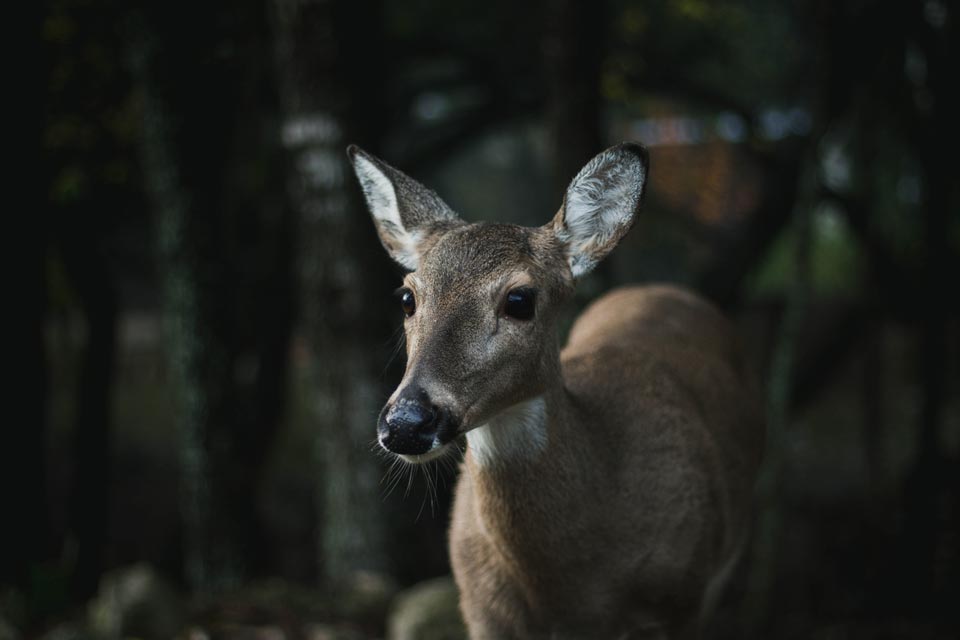We all long for the “simple life.” Why? Because nothing in life is ever simple. Not even estimating survival of the deer we catch. Dividing the number remaining alive by the number that you started with just doesn’t cut it, unfortunately.
Why do we have to make things so difficult you ask? Well, if you’re not going to do it right, don’t do it at all I say. For example, what if the radio-collar falls off (it happens more than we’d like) and you can’t track the fawn? The fawn isn’t dead, but we don’t know if it’s alive either.
What if 20 animals are caught the first week and 10 the second week? You didn’t really start out with 30 animals, so what do you divide by? 25 animals? (Nope).
Thankfully, 2 really smart statisticians had a brain child that estimates the survival function from a lifetime of data (not all gathered at the same point in time). It’s called the Kaplan-Meier estimator.
How it works for us is that each week the number of animals that survive is divided by the number of animals that were alive (at risk of dying) at the beginning of the week.
So in the first week we had 42 fawns at risk and 5 died so Week 1 Survival = (42-5)/42 = 0.88.
In the second week we had 34 fawns at risk (because 5 died plus 3 others had to be censored because we could no longer track them) and 3 died so Week 2 Survival = (34-3)/34 = 0.91.
And the probability of surviving 2 weeks?
Survival to 2 Weeks of Age = 0.88 * 0.91 = 0.80
Repeating this process, survival to 10 weeks of age can be calculated and graphed as shown below. The probability of surviving to the ripe old age of 10 weeks was 0.52.

The light blue lines represent the statistical confidence we have in these estimates. The closer the blue lines are to the black line the better. It’s not that great but remember we only started with 42 fawns.
A bigger sample size will snug those blue lines closer to the black. As we capture more fawns over the next couple of years, the confidence in our survival estimate will improve.
So we have a 52% survival rate to 10 weeks of age. What happened to those unlucky statistics that weren’t in that 52%? Keeping in mind that DNA results are still pending and may help us refine our tally, here are the causes of death:
3 by black bear
3 by bobcat
1 by coyote
1 by dog
3 unknown predation
5 natural mortality
1 vehicle
The combined predator take is the highest but what about this “natural mortality” category?
Five of the fawns captured were found dead with no visible cause (even after necropsy). Some lacked milk in the rumen, while others did not but the real reason why a seemingly healthy dead fawn found its way to the necropsy table is unknown.
This year when the field crew checked on one fawn whose collar was in mortality mode, they found it alive but unable to move. When they checked on the fawn the next day it had died. The necropsy found milk in its stomach but no obvious cause of death. PGC vet, Dr. Justin Brown, collected tissue samples for examination but we do not have a confirmed cause of death at this time.
Bottom line, lots of fawns (about a third of all mortalities) die from causes other than predation.
If this all seems a bit like déjà vu, it should. In the previous fawn study in the Quehanna Wild Area (WMU 2G) in 2000-2001, the survival rate to 9 weeks was 0.57.
Fifteen years later it appears the more things change, the more they stay the same – but we aren’t calling it quits yet. We still have 2 years of the study to go!
-Duane Diefenbach and Jeannine Fleegle
